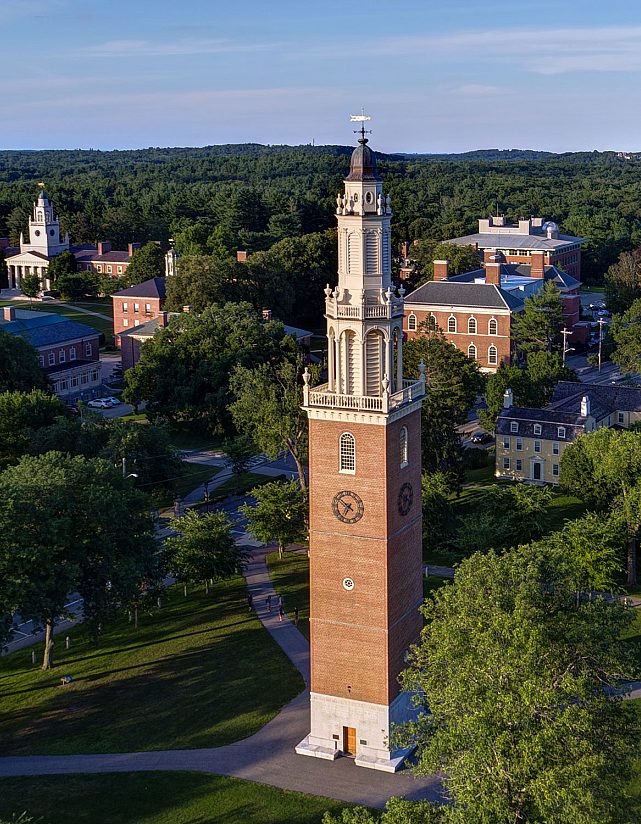ESA Collaboration: Water Resources
FELLOW: ANNA MILKOWSKI
Today’s professionals can expect to teleconference into a meeting from halfway across the globe, working across time zones and borders to craft meaningful solutions to interdisciplinary problems. In these environments, technology has become the key mediating tool for productive cross-cultural collaboration.
It was with these issues in mind that Anna Milkowski, 2015-2016 Tang Fellow and Instructor in Biology, jumped at the chance to spearhead the creation of an interdisciplinary, intra-scholastic course with six other teachers from the Eight Schools Association (ESA). “How do we teach collaboration as a fundamental skill that students need to have in order to be functioning citizens and learners in a digital world?” asks Milkowski. “We weren’t sure, as schools, that we knew how to teach these skills well.” The course, entitled “Water and Humanity”, launched in the spring of 2015 and brought together 16 students from eight participating schools to work collaboratively on interest-driven projects investigating the role of water resources in human development.
STUDENT PERSPECTIVES
- April 13, 2015: SPS students Christina Kim ’15 and Alyssa Ingerman ’15 talk about their research on the Merrimack River watershed as part of the “Water and Humanity” hybrid course. (2 minute read)
- Fall 2014: In this “Table Talk” published by the Exeter Bulletin, Exeter Director of Studies Laura Marshall discusses the role of hybrid learning in the school’s curriculum. The intent of the collaboration, Marshall says, “was to see if there was a way to design courses that would provide added benefit to each of our schools and that would allow us to [offer] something that each individually would not be able to do.” (3 minute read)
- April 7, 2014: Saint Paul’s School’s Dean of Studies Alisa Barnard announces “Water and Humanity” as the school’s first online course. “The fear around the phrase ‘online learning’ is that it is impersonal, one-way. But the fact is that the tools have evolved rapidly in the last few years to allow for the creation of an independent school classroom, even in the virtual sphere. There will be a low teacher-student ratio and a real opportunity for teachers and students to get to know one another. These classes will take all of those things that make our classrooms distinct, including learning driven by questions and discussions. It fits in with what we are all trying to do with building a learner-centered education.” (4 minute read)
